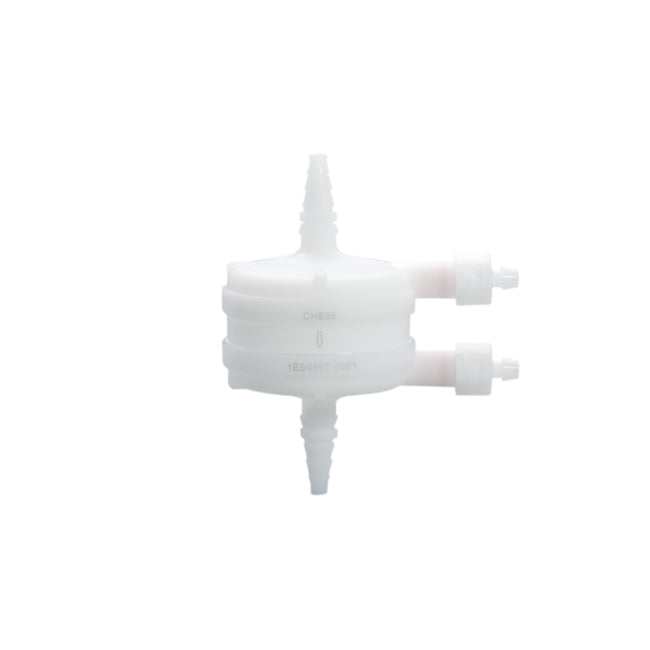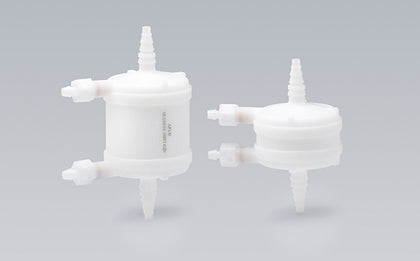-

Excesal CHE Filter A50 with Polypropylene 20cm² EFA 10/pk
Membrane PPPore size 0.2/0.3/0.5/0.8/1.0/3.0μmFiltration Area 20cm²Package 10/pk -

Groundwater Sampling Capsules High Flux PES Membrane 0.45µm, 500/900cm²
Membrane PESPore size 0.45μmFiltration Area 500/900cm²Package 1/pk -

Point of Use Filter 0.2μm PES Membrane 150 cm² for Water Purification System
Membrane PESPore size 0.2μmFiltration Area 150cm²Package 1/pk -

Point of Use Filter 0.2μm PES Membrane 310 cm² for Water Purification System
Membrane PESPore size 0.2μmFiltration Area 310cm²Package 1/pk -

Purcise SLE Sterilizing-Grade Bricap C Series Capsule Filters
Membrane PESPore size 0.2μmFiltration Area 180/420/660cm²Package 1/pk -

Purcise SAF Sterilizing-Grade Bricap C Series Capsule Filters
Membrane PESPore size 0.2μmFiltration Area 180/420/660cm²Package 1/pk






